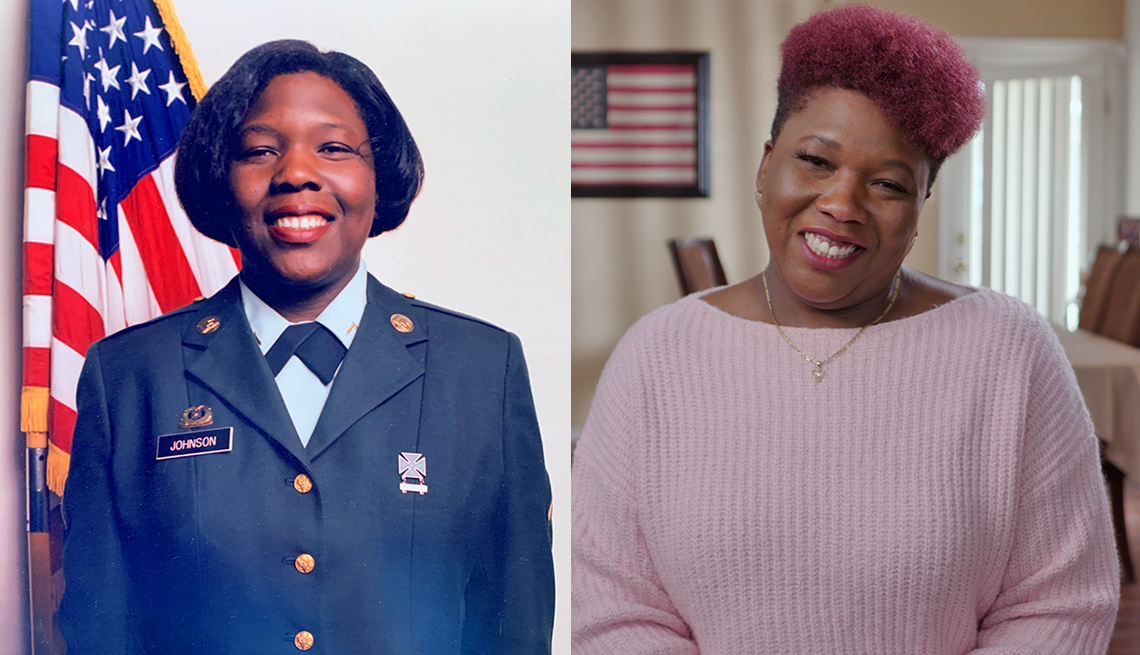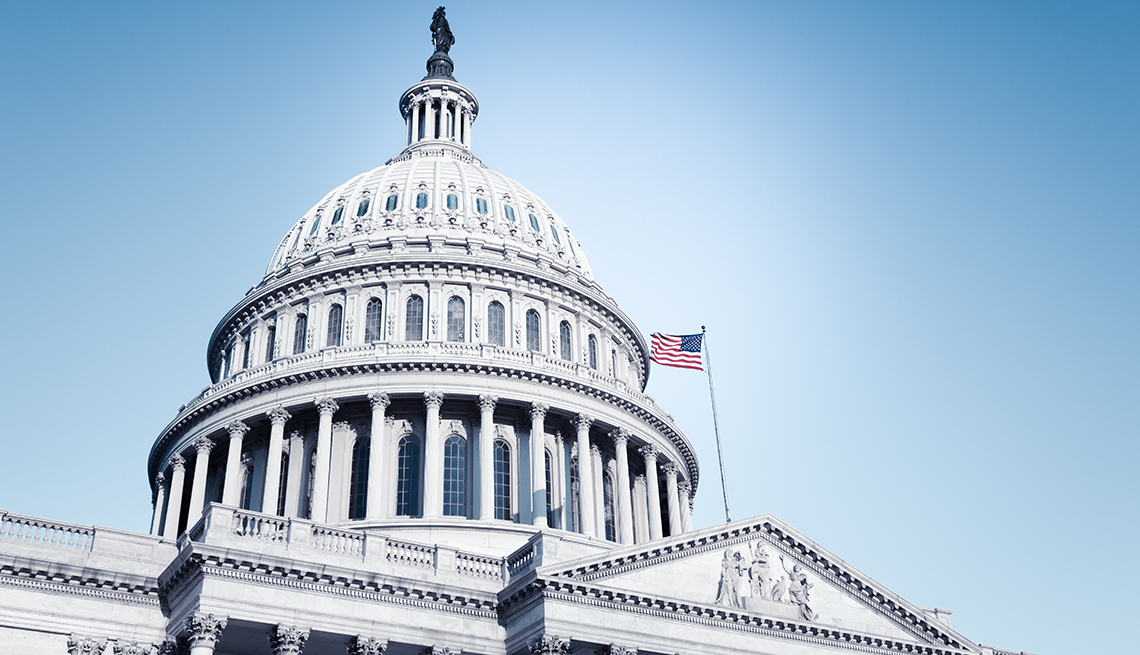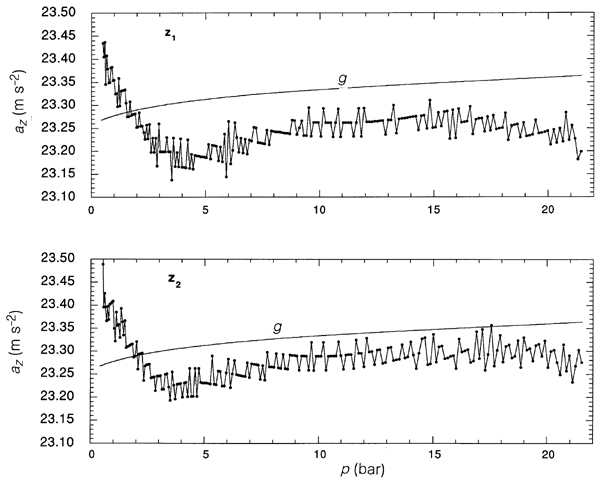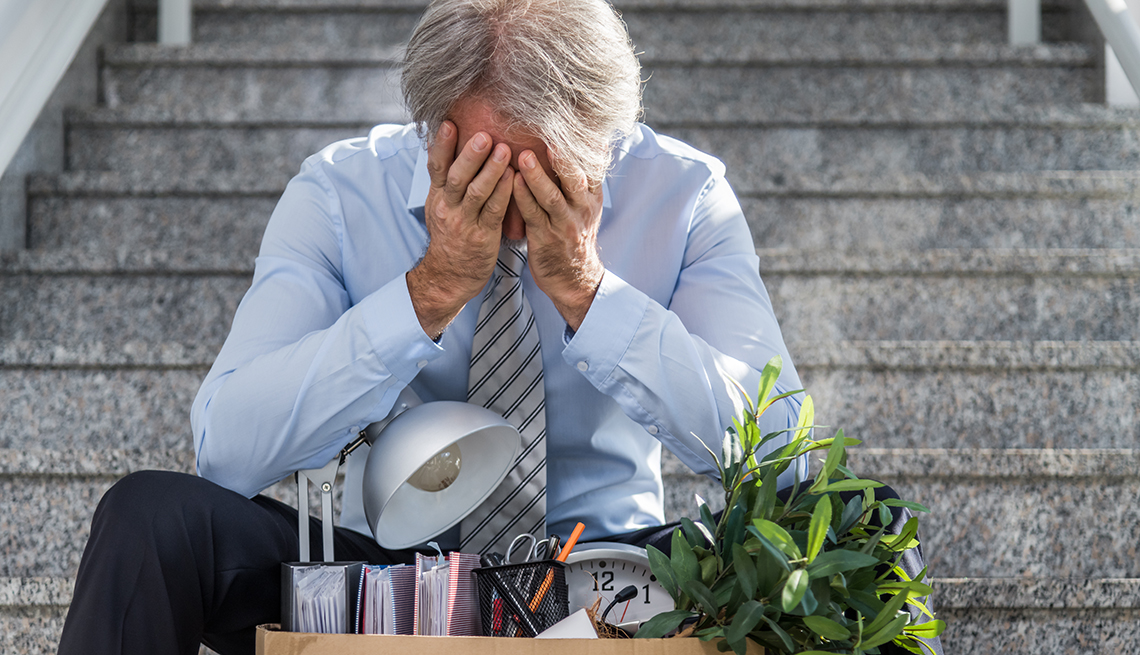
- Select a language for the TTS:
- UK English Female
- UK English Male
- US English Female
- US English Male
- Australian Female
- Australian Male
- Language selected: (auto detect) - EN
Play all audios:
Nearly two decades later, Johnson is still coping with the weight of the 11 members who were killed in the ambush. “She was fearful of the crowds. Her eyes were still darting from side
to side,” Johnson’s aunt, Margaret Thorne-Henderson, recalled, “like somebody that was going to be captured again; sort of what we saw in this clip that was shown when she was
captured originally.” While in Iraqi custody Johnson was reunited with soldiers from her unit and two additional pilots from another unit. Courtesy Shoshana Johnson PTSD CAN APPEAR YEARS
LATER “Data shows, yes, their military experience and any traumatic experiences — life-threatening experiences, combat experiences and deployment — those are all major factors. But,
they don’t really tell the whole story about what culminates and accrues to their suffering and potential disability later on in their life,” said Christine Moutier, chief medical officer
of the American Foundation for Suicide Prevention. PTSD symptoms can start soon after an event but in some cases the effects may not appear until months or years later. They can even come
and go over the years. Between 11 and 20 percent of veterans who served in Iraq or Afghanistan have PTSD in a given year, according to the Department of Veterans Affairs (VA). Within two
months, Johnson was diagnosed with PTSD and began treatment, which she has continued to this day. Thorne-Henderson, her aunt, observed that Johnson and others with PTSD know something
is wrong, but they struggle to put their finger on it because symptoms often go unnoticed. “You don’t realize as you’re trying to go forward, what’s going to trigger a memory in your head.
It could be a smell, a sound, seeing a picture, it’s a lot of different things,” Johnson said. Being with other veterans with whom she can “go back to the basics of what we did together”
is what Johnson said helps her deal with the symptoms of PTSD. “For a lot of veterans, it can’t be done by yourself. If you could, you would [have] already done it,” said Johnson. “Seeking
help doesn’t make you less. It makes you stronger because you know that you have weaknesses and how to build upon yourself to grow bigger.” _If you or someone you know is experiencing
symptoms of PTSD, review __of free resources offering treatment options for military veterans._ _This is the third episode from AARP Studios’ new documentary series _Reporting for Duty._
Each month you can expect a new inspirational story about veterans and military families at _YouTube.com/aarp_._







